Essential Diet Changes for Life With High Blood Sugar
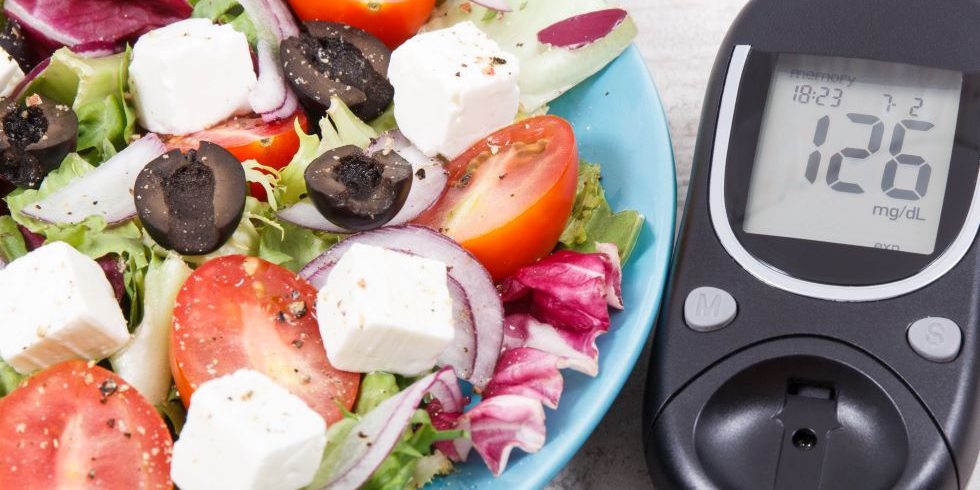

Getting a diabetes diagnosis can feel daunting, but you’re not in this alone. Understanding how to manage your condition is essential for your health. This article will guide you through key steps to take after your diagnosis, including lifestyle changes and treatment options.
Diet Changes for Life with Diabetes
While medications help control blood sugar, your food choices are equally important. By combining smart eating with your medications, you can set yourself up for success. Let’s explore foods that can help reduce high blood sugar and share essential tips!
1. Choose foods that have a low glycemic index (GI)
The glycemic index (GI) indicates how fast carbohydrates elevate blood sugar levels (Vlachos et al., 2020). Low-GI foods release glucose slowly, helping to keep levels stable. Certain fruits for diabetics can also be enjoyed in moderation, allowing for sweet cravings without compromising health.

- Whole grains: Brown rice, quinoa, and oats.
- Non-starchy vegetables: Leafy greens, cauliflower, and zucchini.
- Legumes: Lentils, chickpeas, and black beans.
- Fruits: Berries, apples, and pears (in moderation).
2. Embrace Fiber-Rich Foods
Fiber slows sugar absorption, helping regulate blood sugar levels (Jenkins & Jenkins, 1985). A high-fiber diet also supports digestion, aids weight management, and reduces heart disease risk, which is vital for people with diabetes.
- Vegetables: Spinach, kale, and carrots.
- Fruits: Oranges, raspberries, and avocados.
- Whole grains: Oats, barley, and whole wheat.
- Legumes: Lentils, black beans, and chickpeas.

3. Control Portion Sizes
Portion control is essential for managing diabetes. Consuming healthy foods also may cause blood sugar levels to spike, if you take it without controlling the amount. Controlling portion sizes can prevent overeating (Pedersen, Kang, & Kline, 2007) while enjoying a variety of foods.
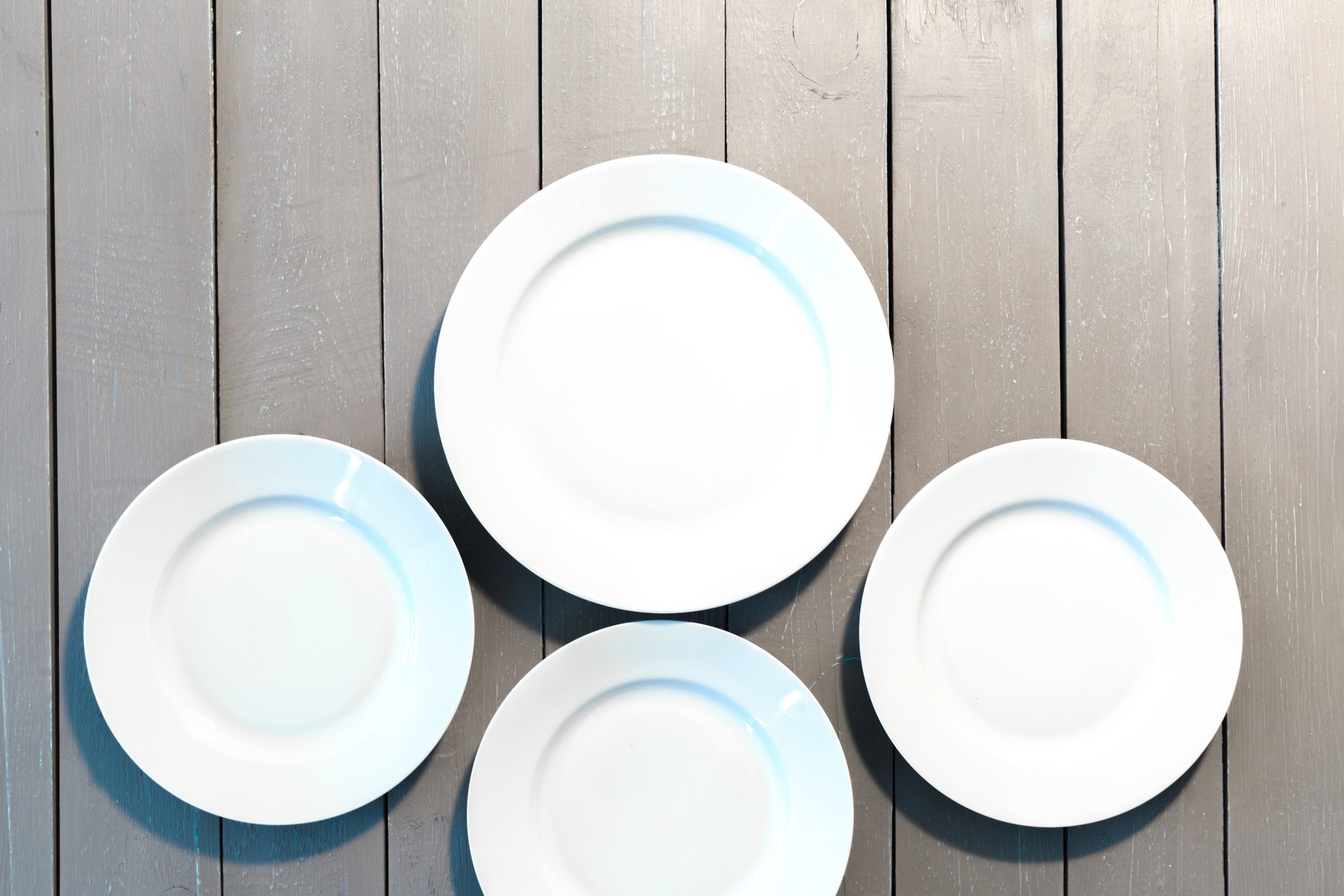
- Opt for small size plates to manage your portion.
- Portion out your servings instead of eating directly from the package.
- Practice mindful eating (chewing slowly) and tuning into hunger cues.
4. Choose Healthy Fats
Not all fats are equal. Healthy fats can improve cholesterol, reduce inflammation, and provide steady energy without spiking blood sugar. In contrast, unhealthy fats may increase the risk of heart disease.
- Avocados
- Nuts and seeds (eg: pistachios and chia seeds)
- Olive oil and flaxseed oil
- Fatty fish (eg: salmon, mackerel, and sardines)
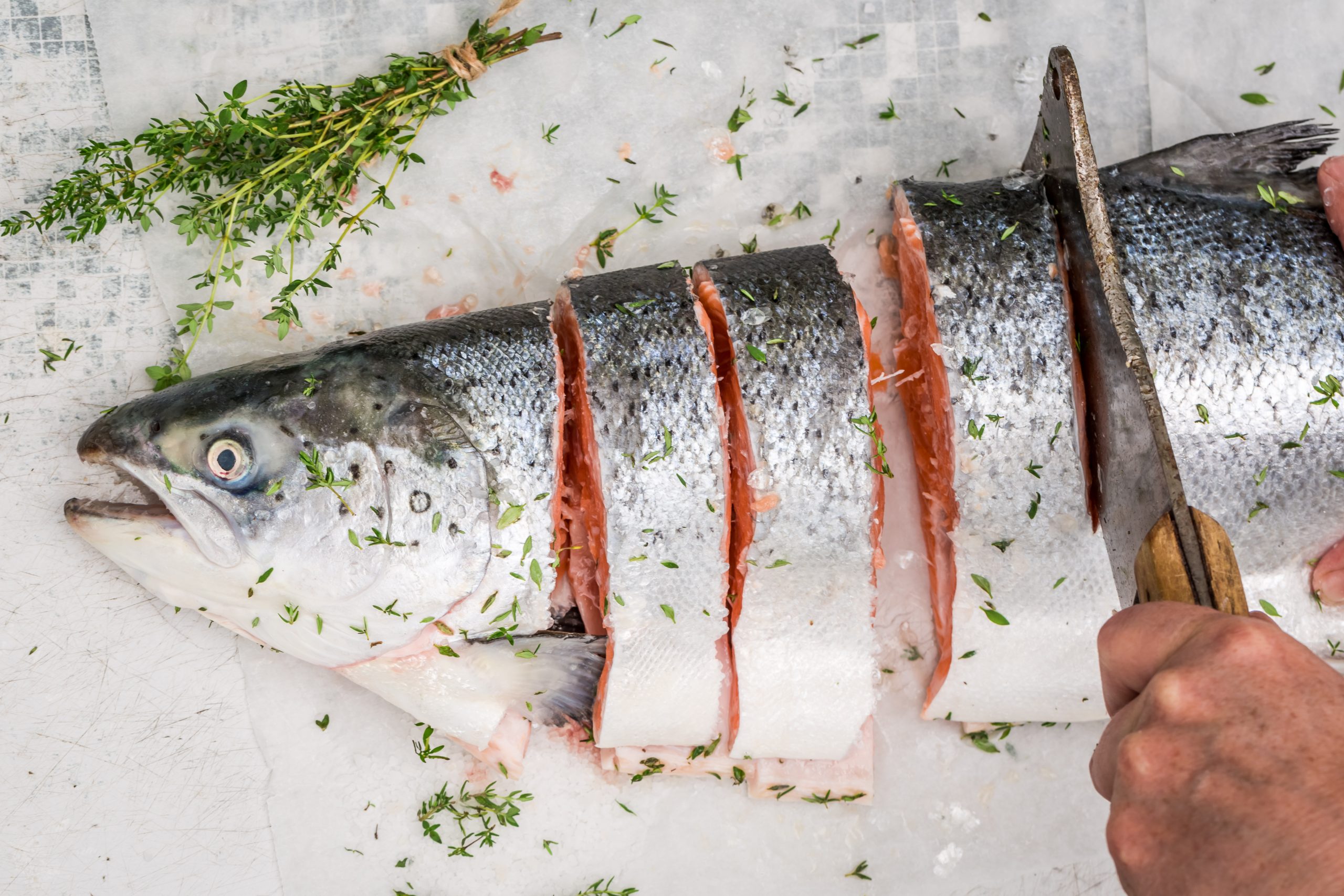
5. Opt for Lean Protein
Protein helps maintain muscle strength and support body functions. Including lean protein in your meals can help you feel fuller longer, stabilize blood sugar, and enhance overall health.
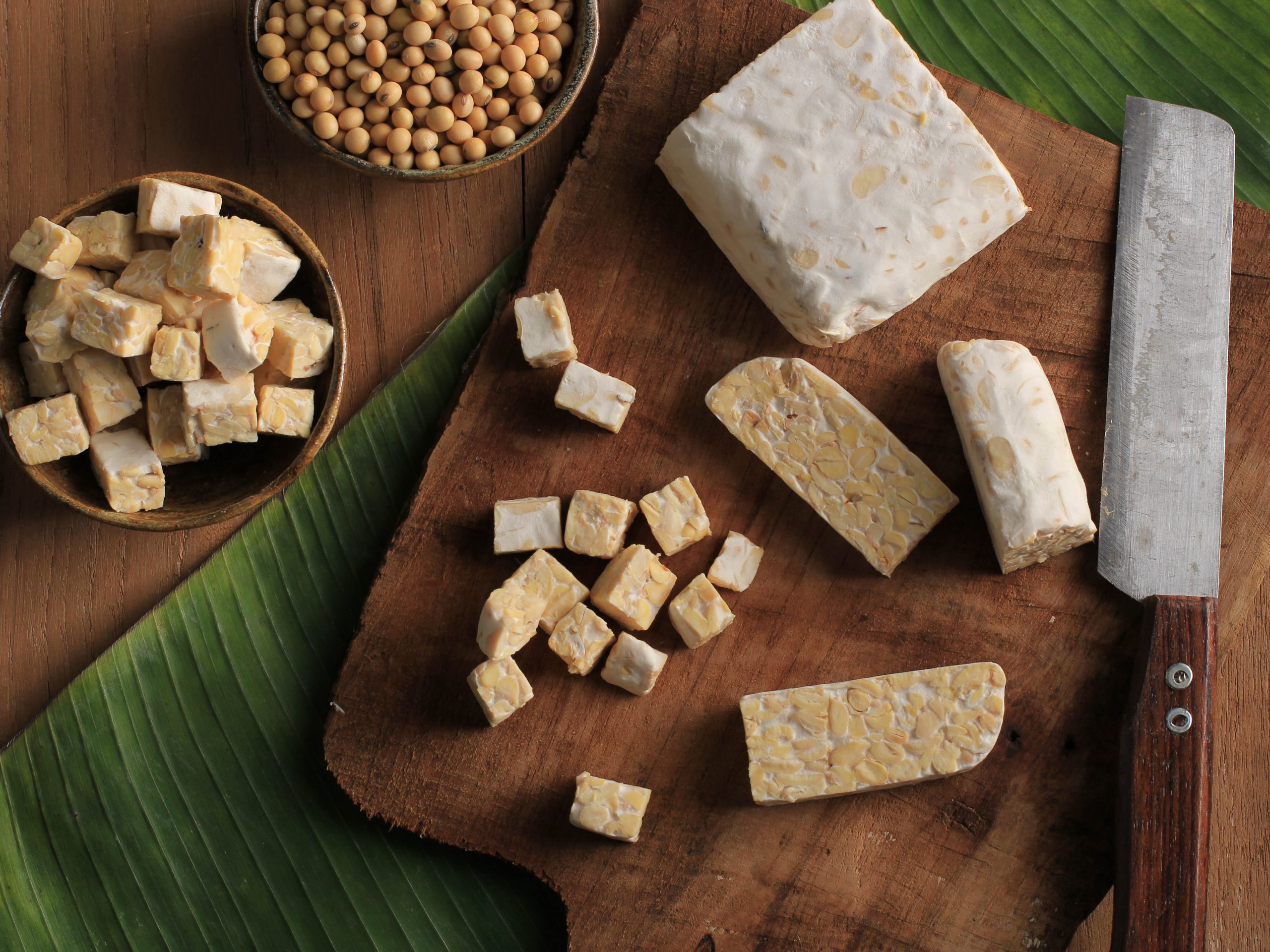
- Skinless chicken or turkey breast
- Fish (especially fatty fish high in omega-3s)
- Tofu and tempeh
- Eggs
- Low-fat dairy products (eg: cottage cheese)
6. Limit Sugary and Processed Foods
Sugary foods and highly processed snacks can lead to rapid spikes in blood sugar. These items offer empty calories with little nutritional value. So, consider healthier options, such as the best tea to lower blood sugar, like green tea (Wolfram, Wang, & Thielecke, 2006) and black tea (Jankun, Al-Senaidy, & Skrzypczak-Jankun, 2012), which can help manage your levels while being enjoyable.
- Sugary drinks (soda, energy drinks, and fruit-flavored drinks)
- Sweets like candies, cakes, and pastries
- Refined carbohydrates (white bread, pasta)
- Processed snacks like chips and cookies

7. Stay Hydrated
Drinking enough water is obviously essential for everyone. Dehydration can lead to higher concentrations of blood sugar, making it harder for your body to manage glucose levels.
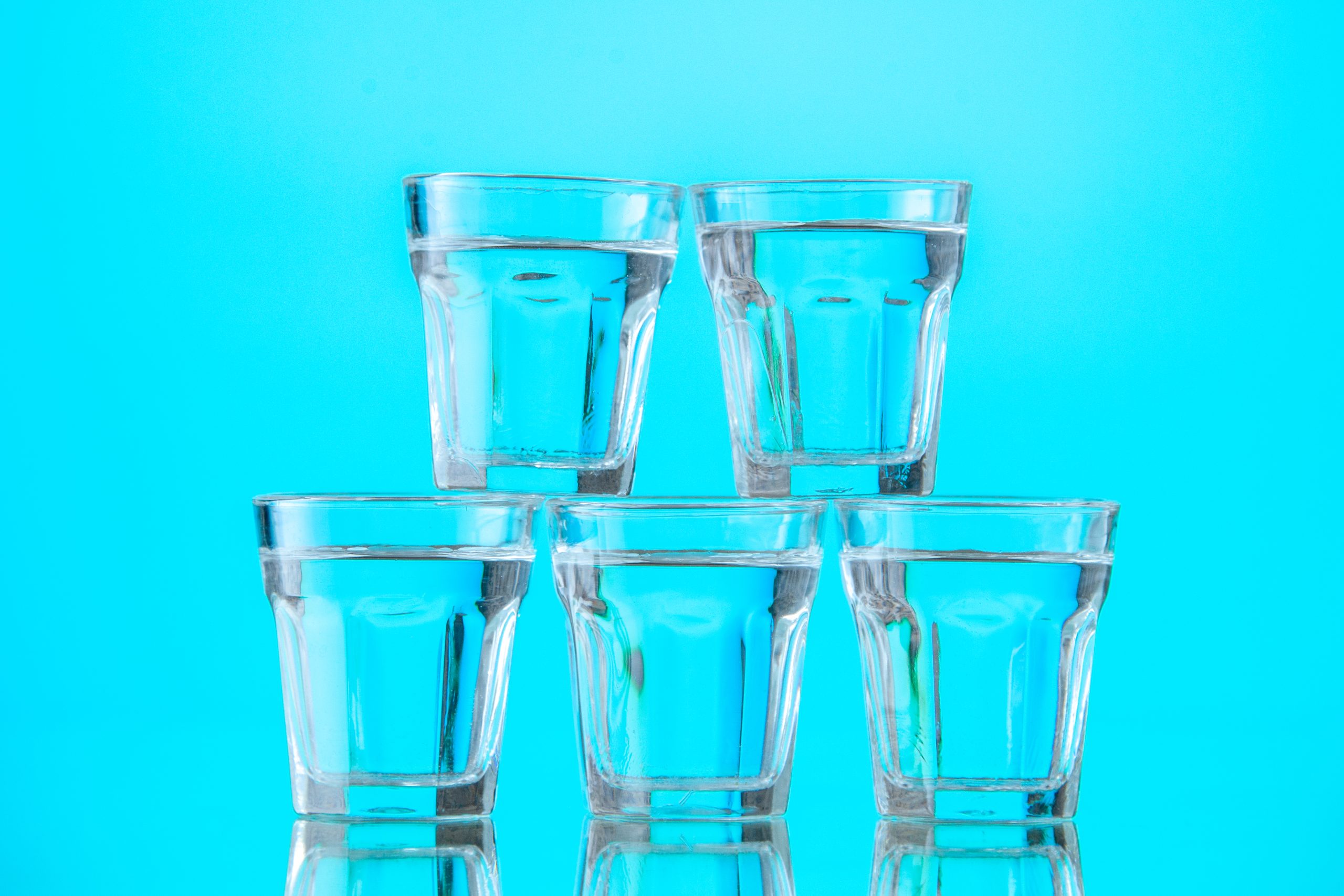
- Consume 8 glasses of water everyday.
- Steer clear of sugary drinks like sodas and sweetened teas.
- Drink water before your meals to help control how much you eat.
Diabetes Medications
Now that we’ve covered essential tips for managing diabetes, let’s look at some medications that can help:
- Sunward Metformin 500mg Tablet: This is often the first medication prescribed for Type 2 diabetes. It helps lower blood sugar levels by improving your body’s sensitivity to insulin and reducing sugar production in the liver.
- Jardiance 10mg Tablet: Jardiance helps lower blood sugar and may also reduce the risk of heart problems. It works to discard surplus sugar through urine.
- Pharmaniaga Gliclazide 80mg Tablet: This medication stimulates your pancreas to produce more insulin after meals, which helps lower blood sugar levels.
- Trajenta 5mg Tablet: Trajenta works by increasing the levels of hormones that help your body release insulin and decrease sugar production in the liver, making it easier to manage blood sugar levels.
- Janumet 50/500mg Tablet: This combination medication includes both metformin and sitagliptin. It helps control blood sugar levels by improving insulin sensitivity and reducing sugar production.
Always consult your healthcare provider to determine the best medication for your needs and to understand how they work in your treatment plan. Get yours on our website.
Conclusion
Managing high blood sugar and living with diabetes is a lifelong journey that combines medication and lifestyle changes. While medications are vital for blood sugar control, they work best with mindful eating (Muñoz-Mireles et al., 2023). Always consult your healthcare provider before making significant dietary changes or adjusting your medication.
Stay proactive, stay informed, and remember—small, consistent changes can make a big difference in managing diabetes!
References
- Vlachos, D., Malisova, S., Lindberg, F. A., & Karaniki, G. (2020). Glycemic index (GI) or glycemic load (GL) and dietary interventions for optimizing postprandial hyperglycemia in patients with T2 diabetes: A review. Nutrients, 12(6), 1561. https://doi.org/10.3390/nu12061561
- Jenkins, D. J. A., & Jenkins, A. L. (1985). Dietary fiber and the glycemic response. Society for Experimental Biology and Medicine, 180(3), 1-4. https://doi.org/10.1177/003754977603400303
- Pedersen, S. D., Kang, J., & Kline, G. A. (2007). Portion control plate for weight loss in obese patients with type 2 diabetes mellitus: A controlled clinical trial. Archives of Internal Medicine, 167(12), 1277-1283. https://doi.org/10.1001/archinte.167.12.1277
- Jankun, J., Al-Senaidy, A., & Skrzypczak-Jankun, E. (2012). Can drinking black tea fight diabetes: Literature review and theoretical indication. Central European Journal of Immunology, 37(2), 167-172. https://doi.org/10.5114/ceji.2012.28912
FAQ
Diabetics should make several lifestyle changes, including eating a balanced diet, exercising regularly, monitoring blood sugar levels, managing stress, and getting enough sleep. Maintaining a healthy weight and quitting smoking are also important for overall health.
Diet and lifestyle have a huge impact on diabetes. A poor diet, high in sugars and unhealthy fats, can lead to weight gain and poor blood sugar control. Regular exercise, stress management, and a healthy diet help improve insulin sensitivity and keep blood sugar levels in check.
For diabetes, focus on:
- Eating smaller, balanced meals throughout the day to prevent blood sugar spikes.
- Eating more fiber, especially from whole grains, vegetables, and legumes.
- Reducing sugar and refined carbs (like white bread and sugary snacks).
- Choosing healthy fats (e.g., avocado, olive oil, and nuts).
- Limiting processed foods and fast food.
Signs of hyperglycemia (high blood sugar) include:
- Headaches or dizziness.
- Increased thirst and dry mouth.
- Frequent urination.
- Fatigue or feeling unusually tired.
- Blurred vision.
Many people with diabetes feel fine if their blood sugar is well-controlled. However, if blood sugar is too high or low, symptoms can include fatigue, increased thirst, frequent urination, or feeling hungry. Nerve pain or tingling in the hands and feet can also be signs of long-term diabetes complications.
A great breakfast for diabetics is one that’s high in fiber, low in sugar, and contains protein and healthy fats. Examples include:
- Greek yogurt with nuts and a few slices of fruit.
- Oats with chia seeds and a handful of berries.
- Whole-grain toast with avocado and a boiled egg.
Diabetics should limit or avoid fruits that are high in sugar, such as:
- Grapes – they can spike blood sugar quickly.
- Bananas – they are high in carbs and sugar, especially when ripe.
No fruit is completely sugar-free, but some fruits are very low in sugar, like avocados. These fruits are high in healthy fats and low in carbohydrates, making them a good choice for diabetics.
Yes, papaya is a good fruit for diabetics in moderation. It’s relatively low in sugar and high in fiber and vitamin C, which can support overall health and help manage blood sugar levels.
To stop diabetes-related hunger, focus on eating high-fiber foods (like vegetables, legumes, and whole grains) that help keep you full longer. Eating smaller, more frequent meals and including protein and healthy fats in your meals can also help control hunger and stabilize blood sugar.












